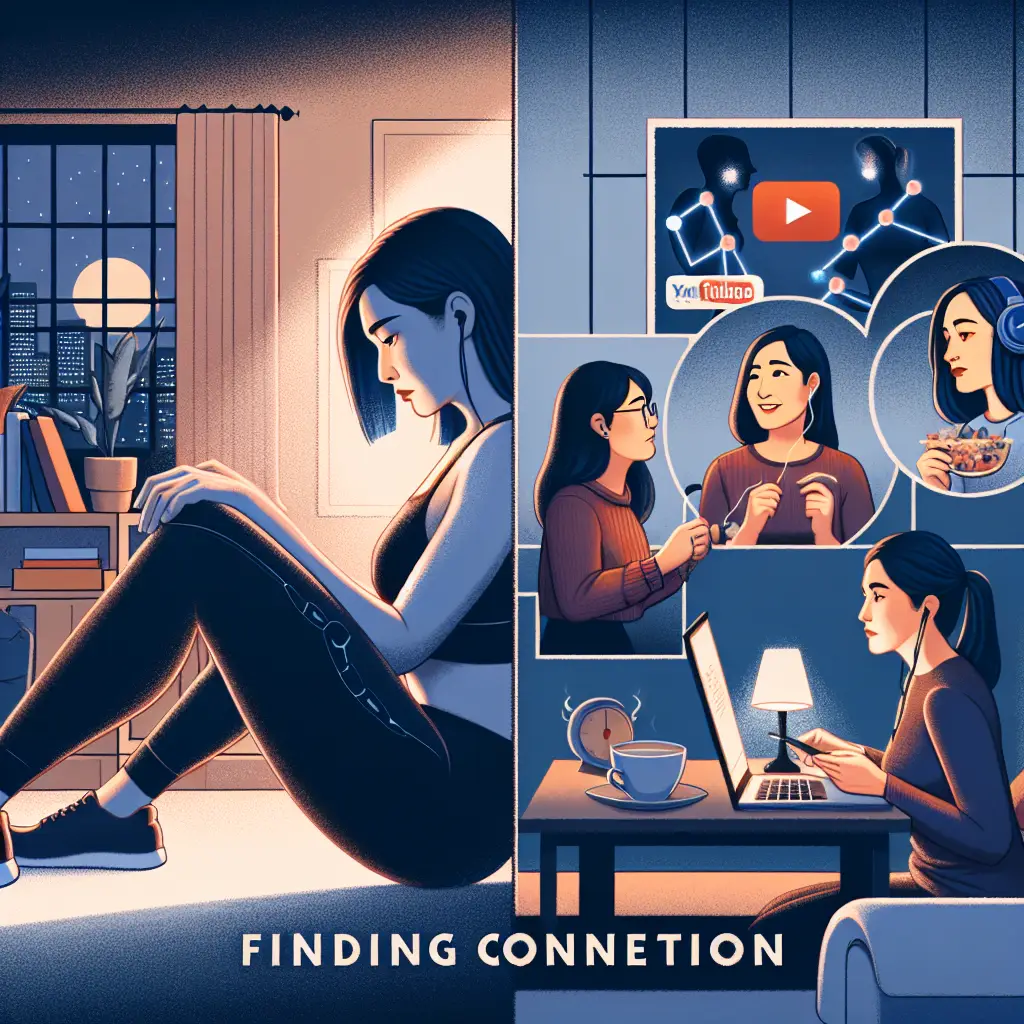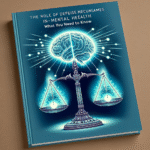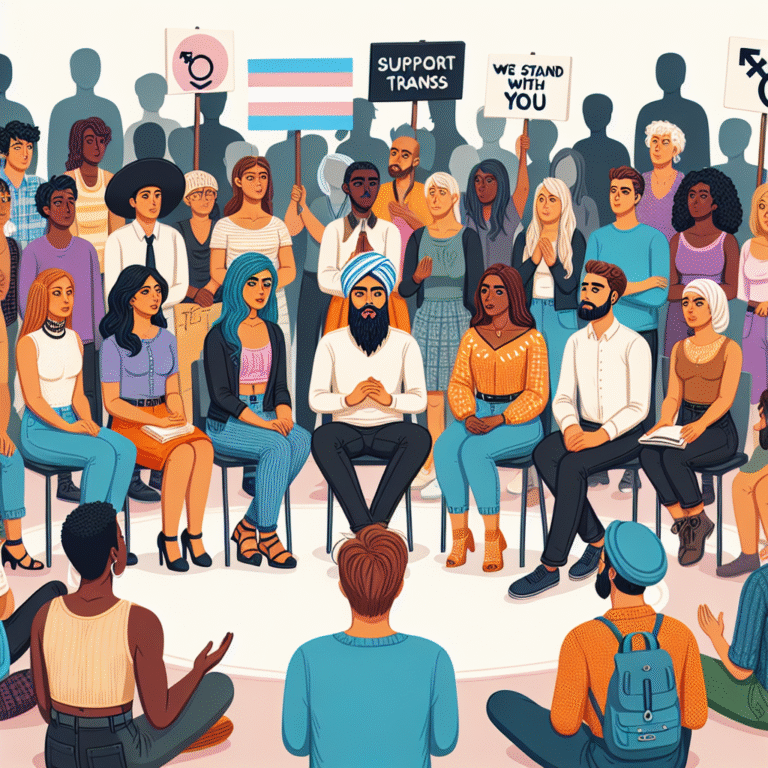
Finding Connection: Essential Tips to Combat Loneliness
Introduction
In today’s hyper-connected world, an alarming paradox persists—many experience profound feelings of loneliness. While technology facilitates instant communication, a rising number of individuals report feelings of disconnection and isolation. This discrepancy raises critical questions about the nature of our relationships and overall well-being.
Finding connection is more than just mingling in crowds or scrolling through social media; it’s about fostering genuine bonds that encourage emotional support and understanding. In this article, we will delve into Finding Connection: Practical Tips to Combat Loneliness, providing valuable insights to help you bridge the gap between isolation and connection.
The Loneliness Epidemic: Understanding the Impact
The Statistics Behind Loneliness
The American Psychological Association highlights that nearly 61% of adults feel lonely at some point in their lives. This alarming statistic underscores the urgency of finding effective strategies to foster connections. Loneliness can lead to severe mental health issues, including anxiety and depression, making the need for connection even more pressing.
| Statistic | Value |
|---|---|
| Percentage of adults feeling lonely | 61% |
| Increased risk of depression due to loneliness | 50% |
| Rise in loneliness during the pandemic | 47% |
Case Study: The Impact of Social Isolation
A poignant example illustrating the consequences of loneliness is the study conducted by Julianne Holt-Lunstad, a psychologist at Brigham Young University. Her research found that social isolation is as detrimental to health as smoking 15 cigarettes a day. This underscores the importance of prioritizing social connections.
Analysis: This study highlights the need to actively pursue relationships and community involvement, emphasizing that connection is critical for mental, emotional, and physical health.
Practical Tips for Finding Connection
To cultivate meaningful relationships, one must adopt deliberate practices. Below are some actionable tips that can enhance your social life and combat feelings of loneliness.
1. Cultivate Mindfulness
Mindfulness is an essential first step to finding connection. By being present in your daily interactions, you can improve your emotional intelligence and empathy, which are crucial for building deep relationships.
Tips for Mindfulness:
- Practice Active Listening: Focus entirely on the speaker, avoiding distractions.
- Engage in Reflective Questions: Ask open-ended questions that encourage deeper conversations.
2. Expand Your Social Circles
Explore New Communities
Joining clubs or groups that align with your interests can significantly widen your social network. Consider:
- Meetup Groups: Websites like Meetup.com offer various interests to explore.
- Volunteer Opportunities: Commitments to social causes not only benefit others but can also forge lasting friendships.
3. Prioritize Quality over Quantity
It’s crucial to focus on depth rather than breadth when it comes to relationships. Having a few close friends can provide more emotional support than having many acquaintances.
Case Study: The Power of Connection in Small Groups
A study by the University of Oxford found that having just one close friend can drastically reduce feelings of loneliness. This underscores the significance of investing time in deeper connections over a broader network.
Analysis: The takeaway is clear—engaging meaningfully with a select group can provide the foundation for a supportive social circle.
4. Leverage Technology Wisely
While social media can contribute to feelings of isolation, it can also be a tool for connection if used mindfully. Regularly reach out to friends and family through video calls or messaging platforms to maintain relationships.
5. Embrace Vulnerability
Demonstrating vulnerability is vital in fostering genuine connections. By sharing your struggles, you invite others to do the same, laying the groundwork for deeper interaction.
Tips for Embracing Vulnerability:
- Share Personal Stories: Opening up about experiences helps create an emotional bond.
- Admit Your Challenges: Allow others to see your authentic self, fostering trust.
6. Set Realistic Goals
If you’re struggling to find connection, start small. Set manageable goals, such as reaching out to one friend a week or attending one event a month. Gradually increase these goals as you become more comfortable.
| Goal Type | Example |
|---|---|
| Short-term Goal | Reach out to one friend each week |
| Long-term Goal | Attend a monthly social event |
7. Participate in Group Activities
Engaging in activities with others can ease the burden of initiating conversations. Join classes, clubs, or sports teams to meet new people in a relaxed environment.
8. Take a Class
Learning something new allows for both personal growth and new connections. Consider online classes or local workshops in subjects that excite you. This not only develops skills but also incorporates shared experiences with others.
Conclusion
Combating loneliness is a journey paved with intention, mindfulness, and effort. By actively seeking connection and applying the tips shared in Finding Connection: Practical Tips to Combat Loneliness, you can establish meaningful relationships that enrich your life.
Remember, everyone experiences loneliness at some point; acknowledging this shared human experience can be the first step toward building connections. Start small, be open, and don’t hesitate to reach out. You have the power to create a network of support, understanding, and genuine friendship.
FAQs
1. What are some signs that I might be experiencing loneliness?
Common signs include persistent feelings of emptiness, social withdrawal, lack of interest in activities, and increased irritability. If you notice these signs, it may be time to take proactive steps toward fostering connections.
2. How can I find new friends as an adult?
Consider joining interest-based groups, attending community events, or reconnecting with former acquaintances. Broaden your social circles through classes or volunteer opportunities.
3. What if I’m introverted?
Being introverted doesn’t preclude you from finding connection. Start with smaller, more intimate gatherings, and gradually challenge yourself to attend larger social events as you become more comfortable.
4. How long does it take to form meaningful relationships?
Building strong connections takes time and consistency. It often requires several positive interactions before a meaningful bond is formed.
5. Can technology help combat loneliness?
Yes! While it can contribute to feelings of disconnection, technology facilitates communication through video calls, messaging, and social networks, allowing you to maintain relationships despite physical distance.
Final Thoughts
Time and effort invested in Finding Connection: Practical Tips to Combat Loneliness can yield lifelong benefits in terms of emotional well-being, happiness, and fulfillment. Prioritize your connections today, and remember that you are not alone in this journey—many are seeking genuine relationships just like you. The first step is reaching out; take that leap of faith, and see where meaningful connections can lead you.


















